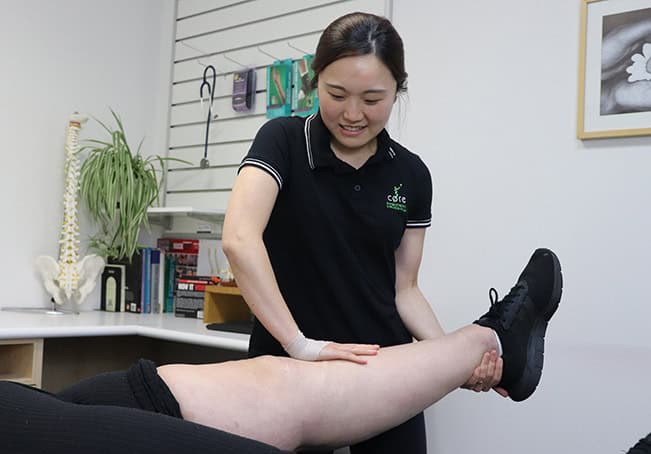Deep vein thrombosis (DVT) is a serious medical condition that occurs when a blood clot forms in a deep vein, typically in the legs. At Core Physio, we understand the importance of early detection and effective treatment to prevent complications such as pulmonary embolism. Our physiotherapy approach is designed to help manage symptoms, promote recovery, and prevent future occurrences.
Symptoms of Deep Vein Thrombosis
Recognizing the symptoms of DVT is crucial for timely intervention. Common signs include:
- Swelling: One of the most noticeable symptoms is swelling in the affected leg, often accompanied by a feeling of heaviness.
- Pain: Patients often experience pain or tenderness in the leg, which may start in the calf and feel like cramping or soreness.
- Red or Discolored Skin: The skin over the affected area may become red or take on a bluish hue.
- Warmth: The affected area might feel warmer than the surrounding skin.
- Leg Fatigue: Some individuals report a feeling of fatigue or aching in the affected leg.
If you experience any of these symptoms, it is essential to seek medical advice promptly. Early diagnosis can significantly improve the outcomes.

Treatment at Core Physio
At Core Physio, our treatment for DVT is comprehensive, focusing on alleviating symptoms and preventing further complications. Here’s how we approach it:
1. Initial Assessment: Our physiotherapists begin with a thorough assessment to understand the severity of your condition. This includes reviewing medical history, conducting physical examinations, and possibly collaborating with other healthcare providers for diagnostic imaging.
2. Education and Lifestyle Modifications: Educating patients about DVT is a key component of our approach. We provide guidance on lifestyle changes that can reduce the risk of DVT, such as maintaining a healthy weight, staying hydrated, and avoiding long periods of immobility.
3. Exercise Programs: Exercise after surgery or injury is crucial to prevent the formation of DVTs. However, while a DVT is present, exercise should be limited and guided by a medical team. Following resolution of a DVT, a tailored exercise regimen is crucial for recovery. Our physiotherapists design individualised programs that include gentle exercises to promote blood circulation without putting undue stress on the affected area. Activities such as walking, leg lifts, and ankle pumps are commonly used.
4. Manual Therapy: Where is a DVT is present, manual therapy is contra-indicated. However, in the prevention of a DVT, maintaining mobility after surgery or injury is important. This is where manual therapy techniques may be valuable. An experienced clinician is essential for managing the timing of such interventions.
5. Monitoring and Follow-Up: Regular monitoring and follow-up appointments are essential to track progress and adjust the treatment plan as needed. Our physiotherapists provide ongoing support and modifications to the exercise program to ensure optimal recovery.
At Core Physio, we are committed to providing compassionate and effective care for those suffering from DVT. Our goal is to help you return to your daily activities safely and prevent recurrence through a combination of education, personalised treatment, and continuous support. If you suspect you have DVT or have been diagnosed with it, contact us today for expert care and management.


